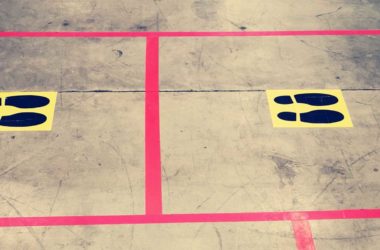If you want to understand the design of a safety-related control system, then document the performance of a system, making sure it is appropriate for the safety application, it is important to understand a control system in the simplest terms.
A safety-related part of a control system (SRP/CS) is “the part of a control system that responds to safety-related input signals and generates safety related output signals.” (ISO 13849-1:2015(E)).
Any control system, no matter how complicated, can be simplified into three distinct parts:
- The input stage
- The logic stage
- The output stage
This description can be applied to electrical, pneumatic, hydraulic or mechanical systems, or to combinations of these technologies. Whenever thinking about implementing a control system, think of these three stages.
1. The input stage
In a safety control system, the input to the control system will be an external event that has a direct impact on the safety of the process, robot or machinery that the system is controlling. The input may be a change of state of something – for example, the activation of a switch or a change in a monitored value reaching an important threshold pressure, temperature or speed.
Examples:
- If a guard door is opened that allows access to a powerful robotic lifting arm, a switch fitted to the door will trigger an input to the control system. The switch has changed state, representing the opening of the door.
- Temperature monitoring probes are used as an input to prevent over-heating in a chemical process. The temperature probe will be set to issue an input to the safety control system if the temperature of the process rises above a given temperature.
2. The logic stage
The logic stage interprets the signal from the input and transmits an output signal to the output stage. In the simplest systems, the input stage and the logic stage are combined. In complex systems, the logic stage can comprise a network of relays, programmable devices or similar arrangement of components.
In a safety function, it is critical that the logic stage functions correctly and maintains its function in the case of a failure at the input stage. In many modern safety control systems, the logic device used in a safety control system provides a critical part in fault detection.
3. The output stage
The output stage is the final link in the chain. In a safety control system, this part of the system must prevent the hazardous operation of a process, robot or dangerous machinery. There are a number of considerations to be made regarding the safety control output stage.
Where moving parts are driven by electrical power, the system must prevent the hazardous movement and must also de-energise the power supply to the moving part. In a mechanical system, it may be necessary to include a break or holding pin to prevent further dangerous movement. Pneumatic and hydraulic systems have similar considerations.










